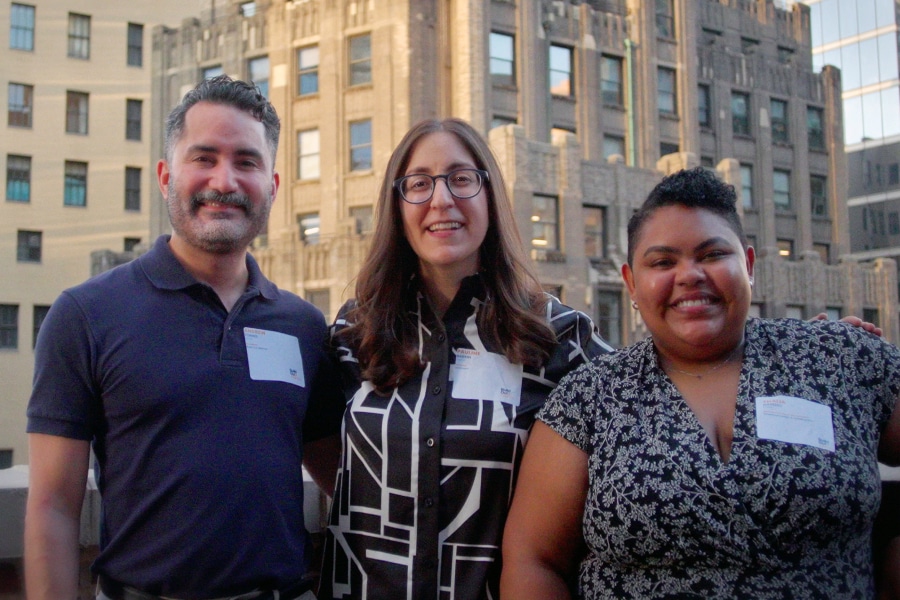Manual processes are still draining time and money from projects, and AI may finally give teams the edge they need.
– Featured Guide
5 Construction Technology Trends for 2025 and Beyond
Stay ahead of the curve with this simple guide to the latest developments in digital construction tech.
– Featured Guide
What is Sustainable Construction?
Taking a responsible stance on preserving the environment has become a leading motivator in industries of all kinds — construction is no different.
– Featured Guide
Toolbox Talk Essentials
Learn about some of the most relevant safety topics that can become part of a construction firm’s daily briefings via toolbox talks.
– Featured Guide
Mastering Construction Planning for Successful Projects
Find out how effective construction planning helps contractors thrive — and learn what it takes to refresh your firm’s approach.
– Featured Guide
Adaptive Reuse
Learn how the interconnected trends of adaptive reuse, retrofitting and resilient design help support sustainable architecture and construction.
– Featured Guide
12 Construction Certifications to Boost Your Career
The construction industry, despite its pivotal role in creating and maintaining global infrastructure, is experiencing a workforce crisis.
– Featured Guide
How To Bid for Government Construction Projects Successfully
Public infrastructure: It’s one of the cornerstones of the construction world.
- People & Project Spotlights
One veteran’s journey from high-stakes patrols to customer success shows how mission and teamwork never really end—they just evolve
- People & Project Spotlights
One veteran’s journey from tactical fueling to guiding Bluebeam customers shows that service doesn’t stop when the uniform comes off
- Building, Design & Architecture
Billions of dollars are reshaping US airports after decades of decline, with new terminals built for efficiency, resilience and civic pride
- Building, Design & Architecture
Discover how five European cities balance heritage, sustainability and innovation in architecture
- Sustainability, Technology & Innovation
From underground lines to orbital satellites, utilities are racing to keep sparks from becoming infernos
- Technology & Innovation
Construction robots aren’t hype—they’re already slashing crews, costs and build times on real jobsites
Featured Videos
- People & Project Spotlights
- People & Project Spotlights
- Bluebeam Tips and Tricks
- Building, Design & Architecture



















